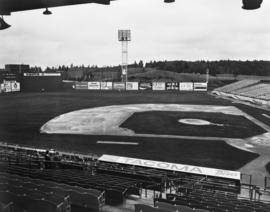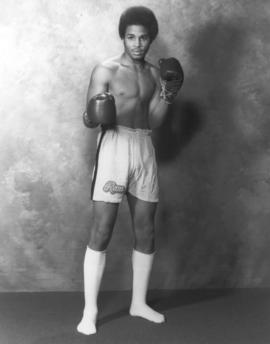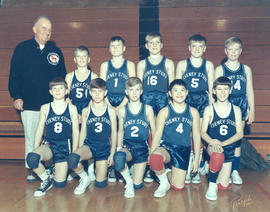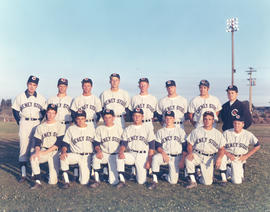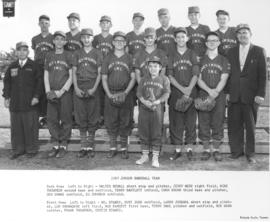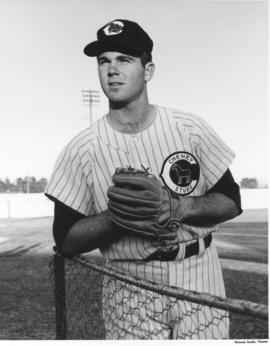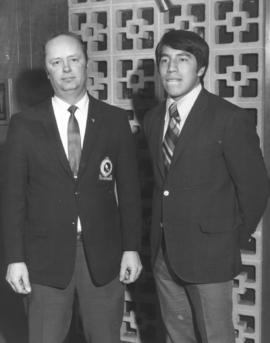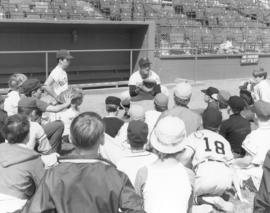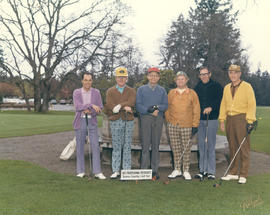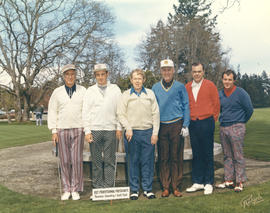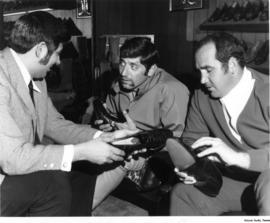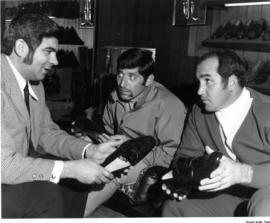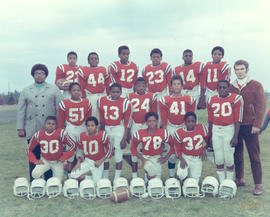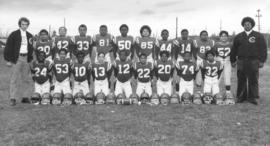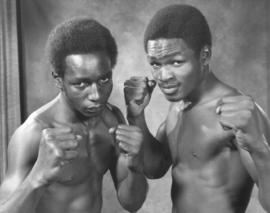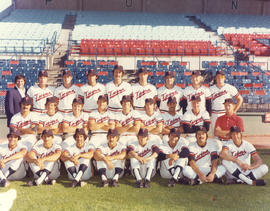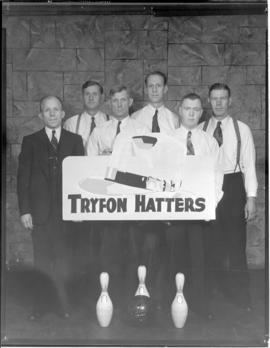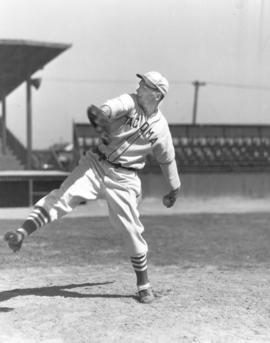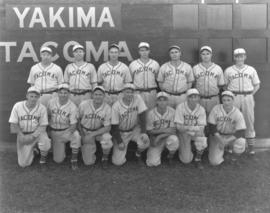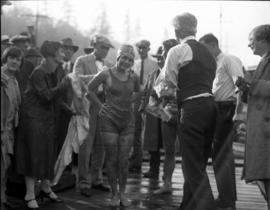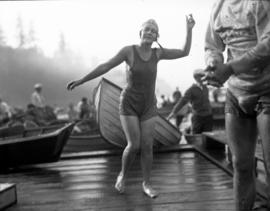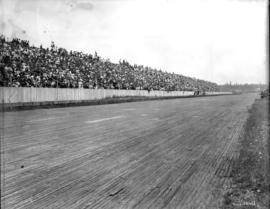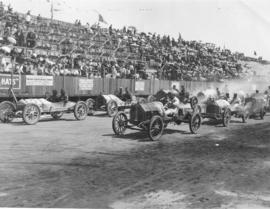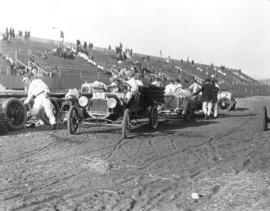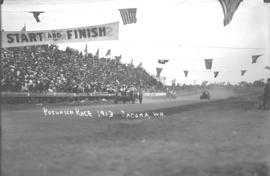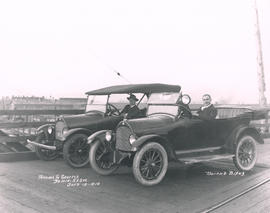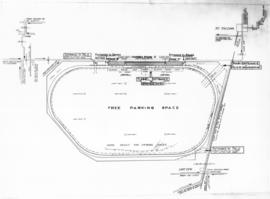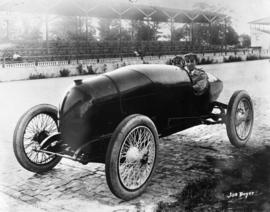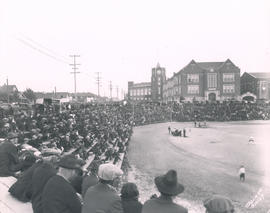On July 4th, 1919, the Tacoma Speedway was packed with 35,000 racing fanatics for the annual races. The Speedway was one of two "Class A" racing locations in the United States, the other being Indianapolis. It was also a favorite of the drivers because of the abundant recreation opportunities of the area. Three races would be held on this day, 40 miles, 60 miles and 80 miles. By 1919, the track was 2 miles round and 50 feet wide, an adjustment done in 1914, and covered with 2 x 4 Washington fir planks laid end to end with gravel and sand filling the gaps and barrels of Richmond road oil applied hot to the surface. Indianapolis had shut down due to World War I and all the greats came to Tacoma. The five drivers surviving after the trials were Louis Chevrolet, Dario Resta (both in Tacoma for the first time,) Cliff Durant, Eddie Hearne and Ralph Mulford (in his first Tacoma appearance since 1913.) Eddie Rickenbacker, WW I flying ace and former race car driver, would referee the race. (TDL 7/2/1919, pg. 8-9) (Information on track construction: Standard Oil Bulletin, Vol. 3, circa 1915) Boland B2066, Speedway-025
Tacoma Speedway (Lakewood); Racetracks--Lakewood--1910-1920; Automobile racing--Lakewood--1910-1920; Spectators; Grandstands;
